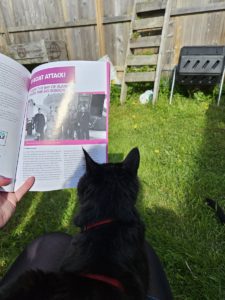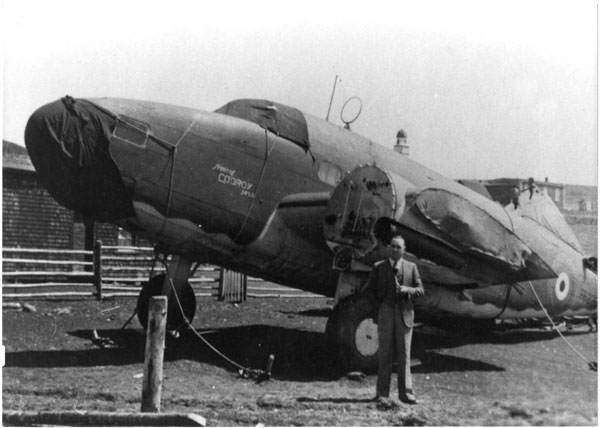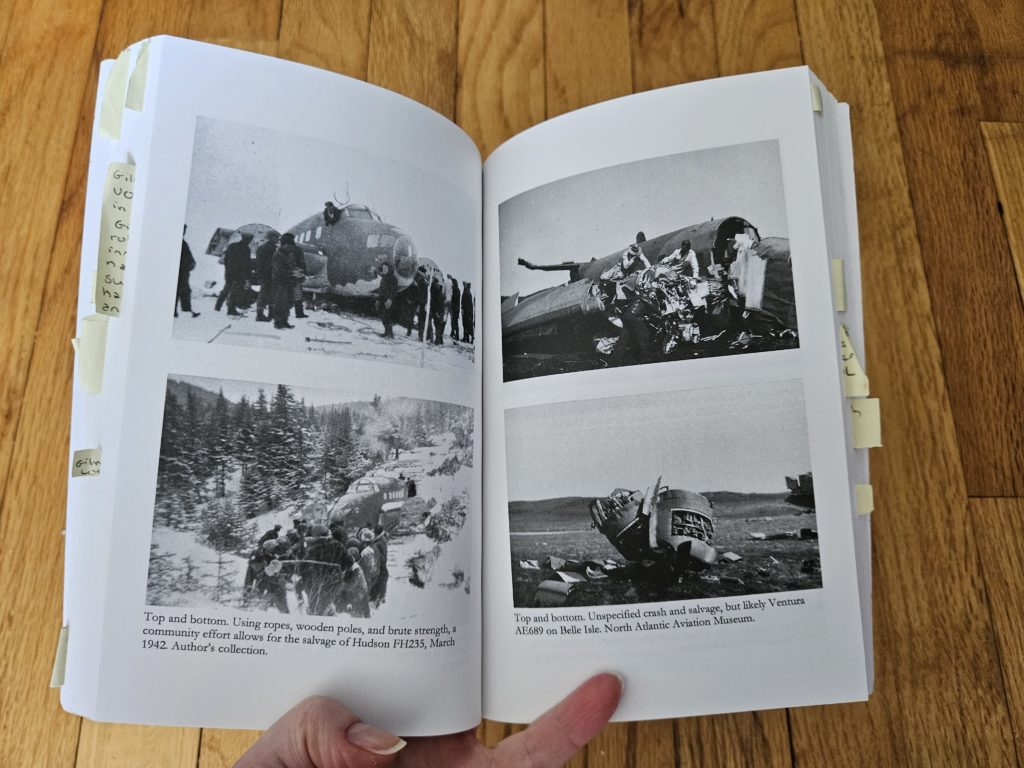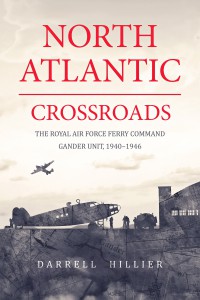Time for a long overdue review of Darrell Hillier’s book, North Atlantic Crossroads: The Royal Air Force Ferry Command Gander Unit, 1940-1946. I admire Hillier as a researcher, and will often refer to him regarding the history of the bases in Newfoundland and Labrador, as well as for crash sites across the province. It seems that in most of my papers, Hillier’s works will be found in the bibliography. He has also just published an article in the summer 2023 issue of NQ (available here) called U-Boat Attack!: When the Day of Islands Made the Big Screen.

As is the usual from works by Hillier, North Atlantic Crossroads is incredibly well-researched and enjoyable to read. Hillier is great and really bringing the people of history forward and telling their stories. His thesis, Stars, Stripes, and Sacrifices: A Wartime Familial Experience of Hope, Loss, and Grief, and the Journey Home of an American Bomber Crew looks at the loss of a B-24 on 14 February 1945, and the impact on the families, and an excellent example of how he tells the history through the people involved. His book mixes the history of the Royal Air Force Ferry Command Gander Unit through the people, especially Joseph “Joe” Gilmore, who was recently recognized as an Exceptional Person of the Past by Heritage NL. Hillier’s research helped to enhance the submission, really demonstrating the impact that Gilmore made not just on aviation as a whole, but on the aviation issues that arise in a place like Gander, and how he touched many people and communities around Newfoundland with his rescue operations, as well as helping civilians reach the hospital in cases of emergencies. More about Heritage NL’s designation can be found on their website, including an essay written by Hillier.
North Atlantic Crossroads focuses on the Gander airbase, with the first chapter going through some of the history of Newfoundland to explain how the airbase came to be, from the loss of responsible government in Newfoundland, to the discussion and surveys for the establishment of an airfield, into the construction, and finally how Gander became an important airbase for the Second World War. The end of the chapter looks at the first crash in Gander.
This is something I found interesting in how Hillier shaped the book, was how the looked at the various crashes around, and affiliated with, Gander. Like the crashes themselves, they pepper the book, from the first chapter onward, sometimes discussing at length, like the crash of T9449, which killed Sir Frederick Banting, but at least mentioning many of the other incidents. Some may not have been seen as important on an international scale, but were locally important, such as the crash and recovery of FH235, which because of the assistance of the people of Codroy in the salvage operation, was named “Spirit of Codroy”, an homage to Lindbergh’s famous plane.

Hillier’s book explores the growth, successes, and challenges of the Gander Airbase. When I first read the book, I said it would be taking it’s place on my shelf next to Ocean Bridge: The History of RAF Ferry Command by Carl A. Christie, but I lied. I’ve been using it too much in trying to finish a current book with Engen Books and an article for the Journal of Newfoundland and Labrador Studies, so it hasn’t been able to sit on any bookshelf for long! I will also be using Hillier’s work to update a number of pages on this site, as Hillier offered information about a few different crashes that I investigated that wasn’t available to me at the time of my thesis. Once again, his research is incredible.

I don’t feel like I’m really expressing how good this book it. It is not only a great research resource for anyone researching Gander or the RAF in Newfoundland during the Second World War, but it is also an enjoyable, interesting, and exciting read for anyone with an interest in war or aviation history. As an example, I gave a copy to a family member for Christmas soon after the book came out, and I was later told he picked up the book, and just sat on the steps reading for the next hour, even with all of the activity of Christmas happening around him. I thought that was incredibly high praise! I, myself, read quite a lot of the book when I had slow moments while working at the Colonial Building in St. John’s. I thought it was fitting to read it in the place where many decisions about Newfoundland’s aviation history were made.









